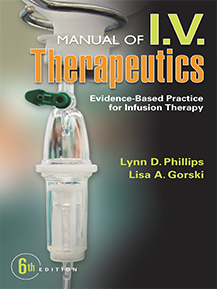Several factors can lead to Achilles tendonitis. When analyzing the timing of symptoms, there is often a history of change that precedes the onset of the injury. For example, an increase in walking distance, a change in type of shoes or an excessively rapid increase in a sporting activity that involves jumping or running. For PT this is important.
In regular runners, a change in volume, distance, intensity (e.g. intervals), surface (e.g. slopes), technique or type of shoes may be involved. Other factors such as weight gain, obesity or a lack of flexibility in the calf can also contribute to the development of this pathology.
Consult your Doctor
One of the first pieces of advice from your physiotherapist or sports physiotherapist is to give rest to the affected tendon. The goal is to decrease pain by reducing stress on the affected area to allow the body to heal. So activities that cause pain during or after should be stopped.
If the pain is present when walking, one of the first recommendations is to wear shoes with a raised heel or to add heel pads in your shoes. This will decrease the stress on your tendon. Using ice will also decrease the intensity of your pain.

Medication over a short period may be considered. Your physiotherapist will direct you to your doctor or pharmacist if necessary. When the pain is no longer present on a daily basis, you can resume your sports activities gradually, making sure you do not have any increase in pain within 6 to 24 hours of the activity.
Note that it is not recommended to resume running before being able to walk 30 to 45 minutes without pain during, after or the day after the activity.
Support in Physiotherapy or Physiotherapy of Sport
The treatment proposed by your physio consists first of all in reducing the stress on the tendon by reducing or stopping the activity. In the acute phase, analgesic methods will be used to reduce pain and inflammation. To reduce muscle tension, soft tissue techniques will be done and calf stretching exercises will be prescribed.
Thereafter, a strengthening program and a gradual resumption of activities will be integrated in order to gradually increase the ability of the tendon to withstand mechanical stress and allow you to resume your activities or your sport.
In some cases, wearing a walking boot may be indicated to reduce stress on the tendon in everyday life. And for those who suffer from pain during the first steps in the morning, you may be offered to wear a night splint by your physiotherapist.
In cases of persistent pain more than 3 to 6 months, Shockwave therapy turns out to be an interesting option. Finally, if you are overweight, losing weight could help you deal with your tendonitis. It is also recommended to quit smoking, as this impairs the healing of tendons by impairing circulation in small blood vessels. Your physio reminds you that the faster your care will be, the faster you will recover.
Plantar fasciitis also called plantar fasciitis is a foot injury caused by a stretching or rupture of the plantar fascia, a fibrous membrane that connects the bone from the heel to the base of the toes and is used to support the arch of the foot. You can also feel it if, barefoot, you stretch your toes with one hand and with the other you touch the sole of your foot. You will feel a kind of fibrous cord; this is called the plantar fascia.




